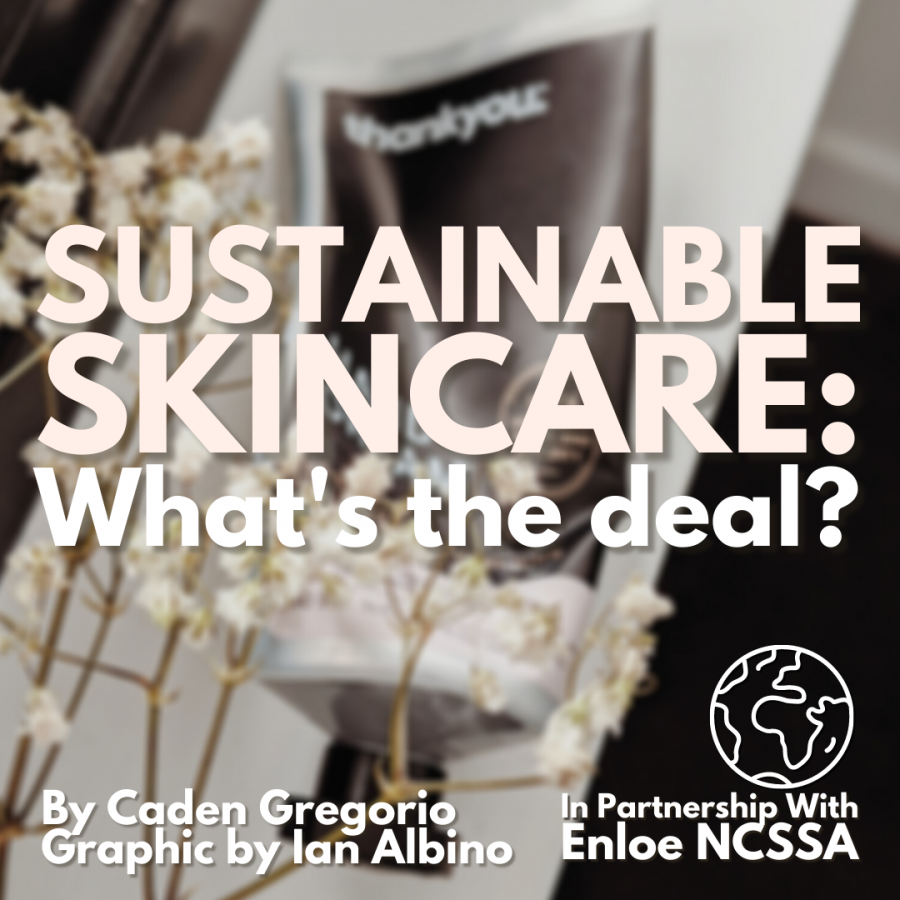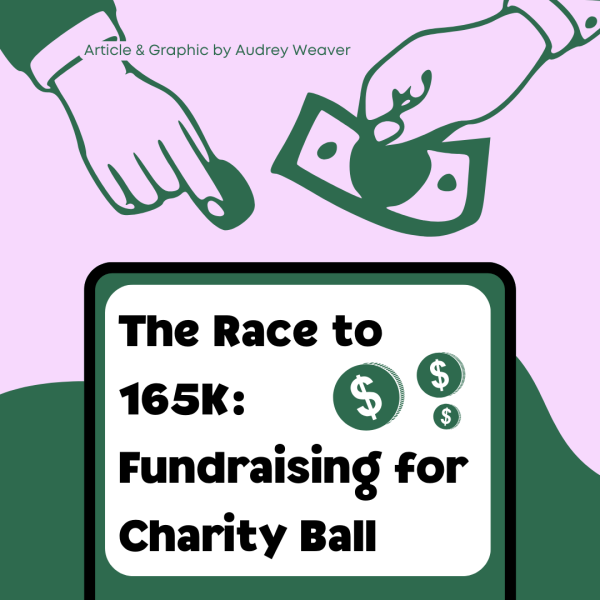Sustainable Skincare: What’s The Deal?
Sustainability joins the Conversation
When we think about creating a better, healthy, and brighter future for our environment, we often limit our minds to the widespread taglines of “going green” or recycling our plastic water bottles rather than tossing them in the trash can. While these simple actions are a fantastic kickstart, it’s important to remember sustainability is a vital attribute as well.
What is sustainability?
Sustainability is not an easy concept to explain. For one, sustainability can be described as a sort of break-even point, where our present resources are consumed at a rate that such our future resources will not be compromised. We can also look at sustainability through more of an economic lens, where it could be defined as purchasing only the necessary amounts of a certain product. When we consume sustainably, we begin to drastically reduce net waste. This is called being a sustainable consumer.
The rise of skincare
Over the past few years, the skincare industry has been absolutely flourishing in America. In the beginning, South Korean skincare methods (such as the famously coined “10-step Korean Skincare Routine”) made a huge breakthrough in the U.S, empowering the statement that ‘skincare is for everyone,’ as opposed to just those struggling with present skin conditions. Despite that this ideology only recently came into the limelight, it very rapidly became a brand new trend for influencers and youths alike.
Sustainability in the skincare industry
As of recent, the skincare community has begun to repeat the errors of the fast-fashion industry. They have fallen into a cycle of purchasing hundreds of items that do not get used up and are thrown away. This is especially an issue in skincare since people often feel that the more products they purchase, the better their skin will be. The repercussions are even further exacerbated when materials are not biodegradable (e.g. in 2015, the common exfoliant known as the plastic microbead proved to be largely toxic for marine ecosystems), not to mention the surplus of packaging material consumed in the process. According to a report from Grand View Research, the global market size of the skincare industry has been projected to near $183.03 billion in early 2025, while Syngene Research estimates that the global skincare packaging market will near $22 billion in 2026. That’s a lot of products.
In order to fight this encroaching matter, sustainability advocates suggest that consumers should learn to be more intentional with their purchases, as well as become more sustainable with their consumption. In addition to this, consumers could also learn to commit more wholly to their products, as opposed to jumping around and purchasing the newest and trendiest items upon release. Products are all too often purchased, only to sit on a shelf and collect dust until the expiration date. While it’s true that some materials can be salvaged in recycling, research strongly suggests that the most efficient way to maximize our waste reduction would be to buy less products in the first place.
Your donation will support the student journalists of Enloe Magnet High School, allowing us to cover our annual website costs. We are extremely grateful for any contribution, big or small!


















